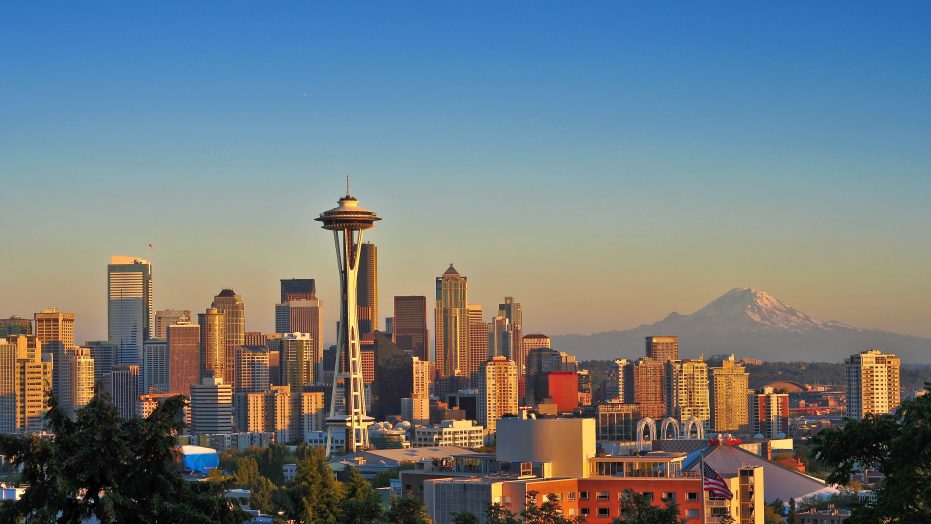Visit Seattle
Table of Contents
Visit Seattle Washington for an exciting thanksgiving experience. When Thanksgiving comes in The USA we think of autumn leaves, pumpkin pie, turkey, pilgrims, being thankful, and Indians. What might be one of the better stories of America is the story of the settlement of Seattle and how Doc Maynard helped the early Indians instead of seeing them as savages or animals.
While much of the early settlers of Seattle saw the Indians as savages. Doc Maynard, an early citizen and doctor, befriended the great Indian Chief Seattle and assisted the Indians in the settlement. Chief Seattle became such a prominent member of the city they named Seattle after him.
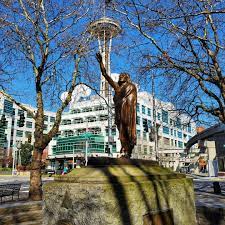
Visit Seattle – an Overview of the City
What is now Seattle has been inhabited since the end of the last glacial period (c. 8,000 B.C.—10,000 years ago), for at least 4,000 years. In the mid-1850s the Coast Salish people of what is now called the Duwamish Tribe and Suquamish, as well as other associated groups and tribes, were living in some 13 villages within the present-day city limits of Seattle.
Evidence of continuous human habitation of a village site within the current city limits of the city of Seattle dating back to the 6th century C.E. exists on the Port of Seattle Terminal 107 site, located on the Western bank of the Duwamish River. The site was abandoned in approximately 1800, for unknown reasons. Other notable village sites include the birthplace of Chief Seattle, which was located near the current footprint of the King Street Station.
George Vancouver was the first European to visit Seattle area in May 1792 during his 1791-95 expedition to chart the Pacific Northwest.
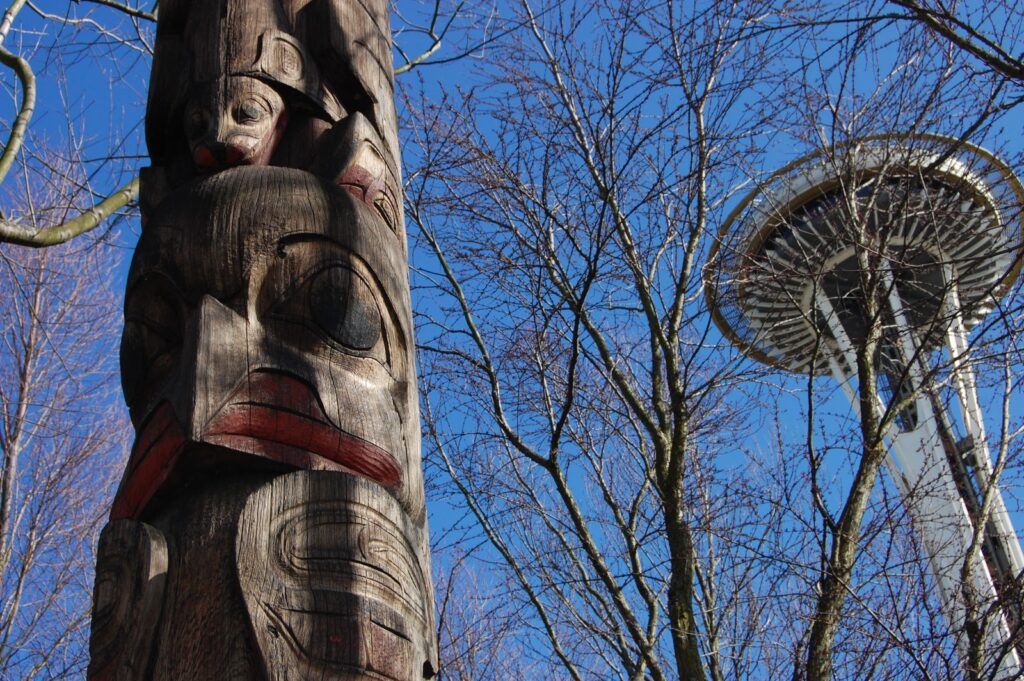
Visit Seattle: Founding of the City
The founding of Seattle is usually dated from the arrival of the Denny Party scouts on September 25, 1851. However, Luther Collins, Henry Van Asselt, and the Maple family founded a farming settlement on what is currently the Seattle neighborhood of Georgetown on September 27, 1851. The Denny party’s original site was an unfinished cabin, without roof, and a camp site, located at Alki Point, in West Seattle. The Collins party settlement was improved with permanent structures, and was soon producing produce and meat for sale and barter.
In April, 1852, Arthur A. Denny abandoned the original site at Alki in favor of a better protected site on Elliott Bay that is now part of downtown Seattle. Arthur A. Denny and Luther Collins were the first commissioners of King County after its creation in 1852. Around the same time, David Swinson “Doc” Maynard began settling the land immediately south of Denny’s.
Seattle in its early decades relied on the timber industry, shipping logs (and later, milled timber) to San Francisco. A climax forest of trees up to 1,000–2,000 years old and towering as high as nearly 400 ft (122 m) covered much of what is now Seattle. Today, none of that size remain anywhere in the world.
When Henry Yesler brought the first steam sawmill to the region, he chose a location on the waterfront where Maynard and Denny’s plats met. Thereafter Seattle would dominate the lumber industry.
Charlie Terry sold out Alki (which, after his departure barely held on as a settlement), moved to Seattle and began acquiring land. He either owned or partially owned Seattle’s first timber ships. He eventually gave a land grant to the University of the Territory of Washington (later University of Washington), and was instrumental in the politics to establish an urban infrastructure.
The logging town developed rapidly over decades into a small city. Despite being officially founded by the Methodists of the Denny Party, Seattle quickly developed a reputation as a wide-open town, a haven for prostitution, liquor, and gambling. Some attribute this, at least in part, to Maynard who realized that something was needed to bring the loggers and sailors, who formed the majority of the surrounding population, to town.
Real estate records show that nearly all of the city’s first 60 businesses were on, or immediately adjacent to, Maynard’s plat.
All of this occurred against a background of sometimes rocky relations with the local Native American population, including a nominally pitched battle, the Battle of Seattle, January 25, 1856.
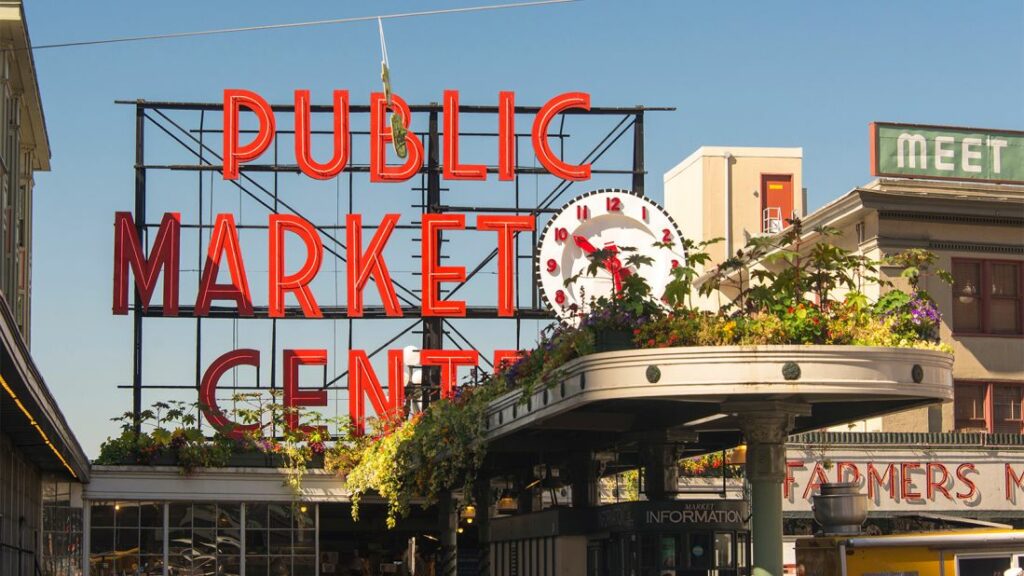
Visit Seattle: Est 1869
Seattle was incorporated as a town January 14, 1865. That charter was voided January 18, 1867, in response to questionable activities of the town’s elected leaders. Seattle was re-incorporated December 2, 1869. At the times of incorporations, the population was approximately 350 and 1,000, respectively.
In 1867, a young French Canadian Catholic priest named Francis X. Prefontaine arrived in Seattle and decided to establish a parish there. At that time, Seattle had no Catholic church and few parishioners. Fr. Prefontaine counted only ten Catholics in the town and only three attended the first mass that he conducted. His bishop, Augustin-Magloire Blanchet, whose cathedra was in Vancouver, Washington, gave Fr. Prefontaine permission to build a church there, as long as the priest could raise the funds himself and it would cost the diocese nothing.
Prefontaine raised the money by holding fairs around the Puget Sound area. During 1868–69 he built the church, doing much of the work himself, and in 1869 he opened Seattle’s first Catholic church at Third Avenue and Washington Street, on the site where the present-day Prefontaine Building stands.47°36′05″N 122°19′46″W
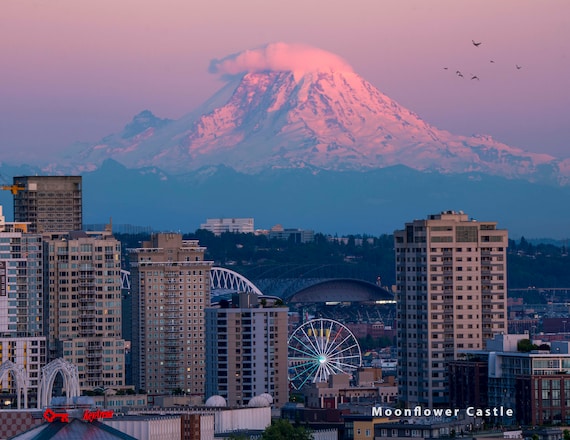
If your Choosing to Visit Seattle, Follow this link for more information…
Visit Seattle Washington | Travel & Tourism | Official Site


